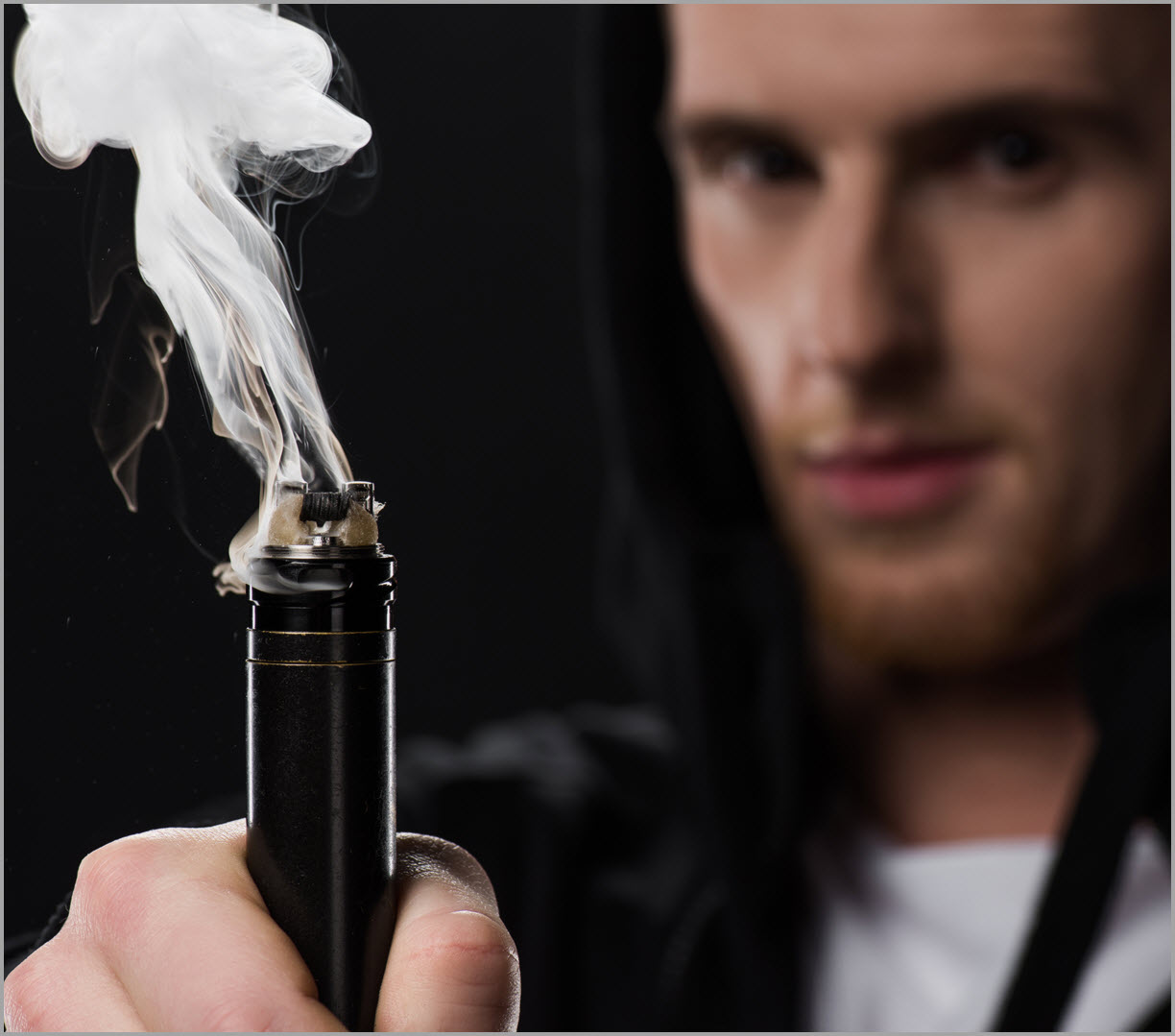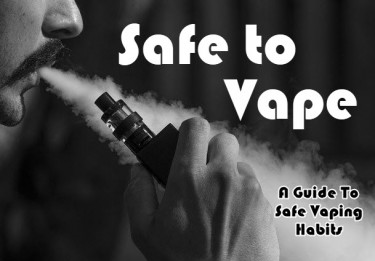
Wait, is it safe to vape again?
Vaping is popularly considered to be the lesser evil for all cannabis users around the world. Nothing can be one hundred percent certain.
Nowadays the market is littered with different types of vaporizers with different atomizers and cartridges. Unsurprisingly, choosing a vape could be a dilemma for both customers and canna entrepreneurs. especially new investors.
In this article, I am going to walk you through the basic technology required for an e-cigarette to work. By the end of this essay, you will be able to make informed decisions about choosing the right, harmless, and healthy vapes for you. Additionally, I’m going to outline a few ways you can take care of your vapes.
Safety, the most important thing to look for in your vapor
Not all vapes have the same level of security. Some are safer than others. Thanks to the ever-advancing technology, many unique types of vapes have been created. Most brands choose to make profit over the health of their customers. This is why you should always check the components of your vaporizer before buying.
Seals
Silicone seals are the best quality. These seals maintain low odor, high flexibility, low molding pressures, minimal toxicity and very low leaching characteristics. They have the ability to offer both low and high temperatures.
The function of the seal in a vapor is to prevent the vaporized cannabis from leaking out while securing the other components in the right places.
These silicone seals are also of different types. Each has a service temperature which is between -55 ° C and 200 ° C.
Cartridge tube
This component has the largest surface area that comes into contact with the extract. It’s more or less the most important aspect of steam; more reason you should always check how it is doing on the healthy area.
When buying a valley, you need to know the material from which the cartridge tube was made.
One of the safest materials to use for this tube is glass – fused borosilicate quartz. This glass can withstand temperatures of up to 1,100 ° C. In addition, it cannot be depleted. This material is also popular because it is used to stir nuclear waste.
Glass is an inert material that is not dangerous. In fact, the heating material does not consist entirely of fused borosilicate quarts, but of ceramic or aluminum and is then finished with the glass material because of its non-leaching properties.
In addition to having safe heating functions, they also preserve the aromas of the extracts and improve the quality of the inhaled performance.
If you find the cartridge tube is made of polycarbonate, don’t buy it. These plastics can leach basic products at very high temperatures. Present a very high health risk to users.
Kitchen sink
Have you ever wondered where “evaporation” occurs in a vapor? It’s in the reel here.
When voltage is passed through the device, the heater will provide a certain degree of temperature. This heat reaches the already absorbed oil in the wicking material and vaporizes it into an aerosol.
All materials used in this coil must be made of a uniform material and the purity of these materials must be determined.
Cartridge cotton
This is the non-woven viscose that creates the rocking effect of the bobbins.
The cotton absorbs the extract and transports it to the core of the cartridge in record time. When inspecting the cotton, make sure that the material used never reaches burning temperatures during use.
Also, check that the core of the cartridge is made of ceramic as this will allow the extract to be absorbed faster.
Mouthpiece
This is the component that comes in contact with the mouth. The inner mouthpiece is most likely to be leached out if the material used is unsuitable for harsh temperatures.
The brass alloy with the designation H59 is commonly used in most of the vapors on the market. There is a misconception that this material is lead free. H59 contains a small amount of lead, just over 2%. Manufacturers sometimes use other brass alloys like H59-B1 and B2, but these can also be leached – they contain 0.05% lead.
The healthiest material the inner mouthpiece can be made from is medical grade 304 stainless steel. This material has been shown to contain no lead. Also, make sure that the material used to finish materials can also contain lead. Don’t buy vapes that have been electroplated with gold or black.
Take care of your vape
First Burn: This is the act of heating an empty steam to burn off gas, residual oils, and any form of residues from the factory that are lingering.
To keep your steam in good health, I would recommend that you go through a burn-off cycle every time you clean your steam. This will ensure that there are no cleaning cleaning residue left in your vapes. Inhaling these solutions can be detrimental to your health.
During a burn cycle, a process called “exhaustion” occurs.
Outgassing
This is a brief moment when steam is released from the unsuitable materials in a steam. This occurrence can produce toxins or harmful chemicals. The more often this happens in a vape, the more reasons you should replace the vape. It indicates that very good materials were used in the manufacture of the vape product.
Failure to observe this outgassing effect can cause more damage to the user. It is commonly said that it is better to smoke than to use steam that is constantly degassing.
Remember that;
High quality vapes with healthy components aren’t always expensive. Likewise, expensive vapes are not always of the best quality.
Using a price tag to determine how safe a vape is can be a costly and expensive mistake. Check the components for yourself instead of leaving them to chance. Use the contents of this article to find and buy the safest vapor you can find.
You can stick to a good brand of vape once you have satisfactorily studied the quality of the materials used.
A GUIDE TO VAPING, BET, READ MORE …

YOUR GUIDE TO SAFE VAPING, HOW AND WHY YOU MUST BE AWARE!
OR..

HOW DO YOU CHOOSE A SAFE VAPE CART FROM A FAKE ONE?

Post a comment: